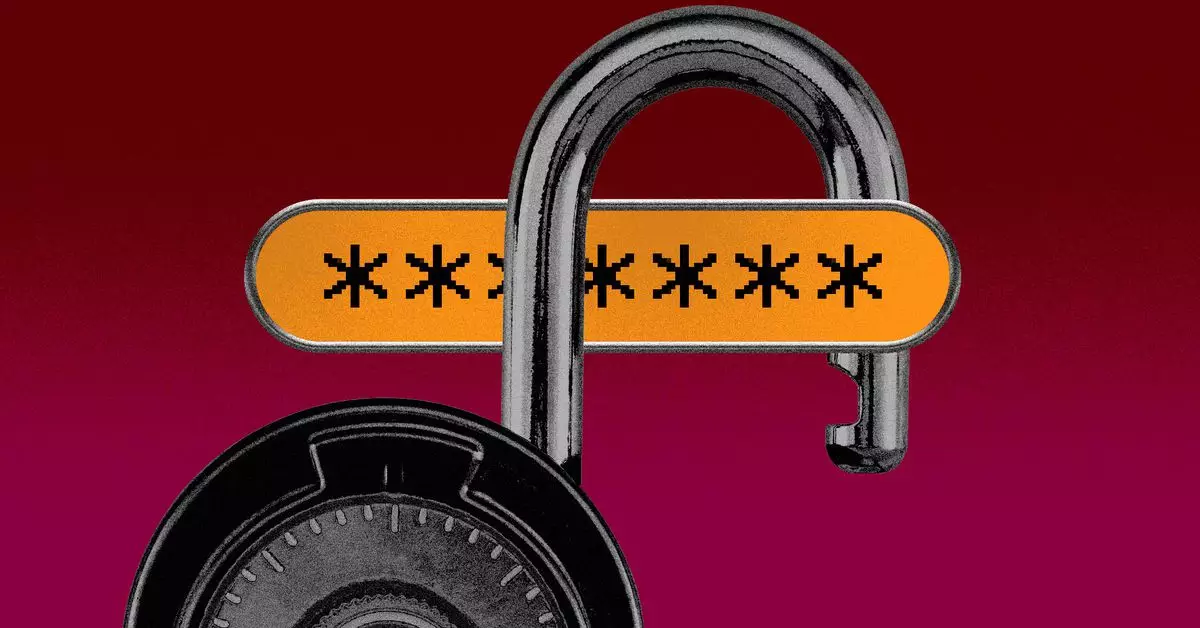In an age where cybersecurity breaches are frequently making headlines, companies must take vigilant strides to safeguard their systems. However, even established names in the tech industry, such as Okta, can find themselves at the mercy of unforeseen vulnerabilities. The recent revelation regarding a bizarre login flaw places the spotlight on how even minor oversights can precipitate major risks. Despite being a powerful identity management service, Okta’s vulnerability has exposed a significant chink in its armor, illustrating that the intricacies of security advisories demand meticulous attention.
The troubling specifics of the Okta vulnerability came to light via an update to its advisories. This peculiar flaw indicated that under certain conditions, it was possible for users to log in by submitting any password, provided their username exceeded 52 characters. Such absurdity in security protocols raises questions about the stringent measures supposedly in place to protect user accounts. The vulnerability is not merely a whimsical anomaly; it requires a rare combination of scenarios, including issues with cache generation and potential relaxation of authentication policies that might eschew multi-factor authentication (MFA).
The core of the issue lies in the generation of cache keys for an authentication method known as AD/LDAP DelAuth. When details emerged that the Bcrypt algorithm was employed for hash generation, alarm bells should have sounded. Under conditions where high traffic levels or agent downtime could disrupt communication between the server and client, the vulnerability allows an attacker to bypass the password authentication phase entirely. The inherent fragility of such a mechanism, especially using a simple algorithm like Bcrypt, begs for a reassessment of the tools that companies employ for authentication and security.
Upon discovering this vulnerability, Okta switched from Bcrypt to PBKDF2 to remedy the issue. Although this change may rectify the vulnerability, the incident underscores the criticality of consistent monitoring and evaluation of security protocols. Okta has urged its users to audit their log systems for the preceding three months, heightening the necessity for organizations to adopt a hands-on approach to security. Simply patching a vulnerability post-discovery is insufficient; companies must also foster an ongoing dialogue about security best practices and ensure regular evaluations of their defense mechanisms.
The Okta incident is more than a singular issue; it encompasses broader themes surrounding cybersecurity vigilance. As technology continues its relentless march forward, organizations must remain proactive rather than reactive. A comprehensive understanding of potential vulnerabilities, continuous risk assessment, and user education are critical components in any effective cybersecurity strategy. Only through such measures can businesses hope to uphold user trust and security in an increasingly complex digital landscape. Ultimately, this event serves as a cautionary tale that highlights the need for rigorous scrutiny over security procedures to prevent potential breaches from arising in the first place.


Leave a Reply